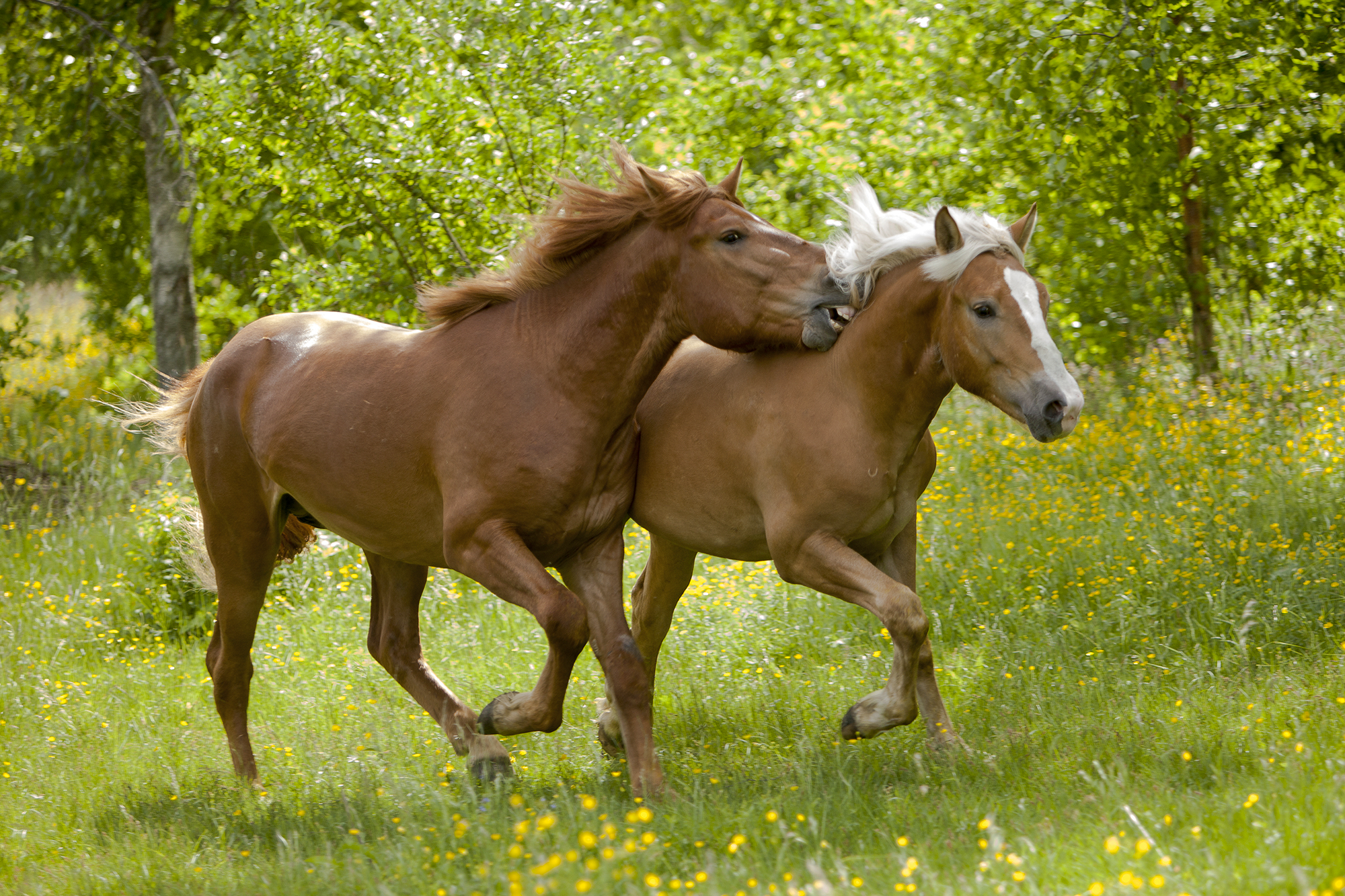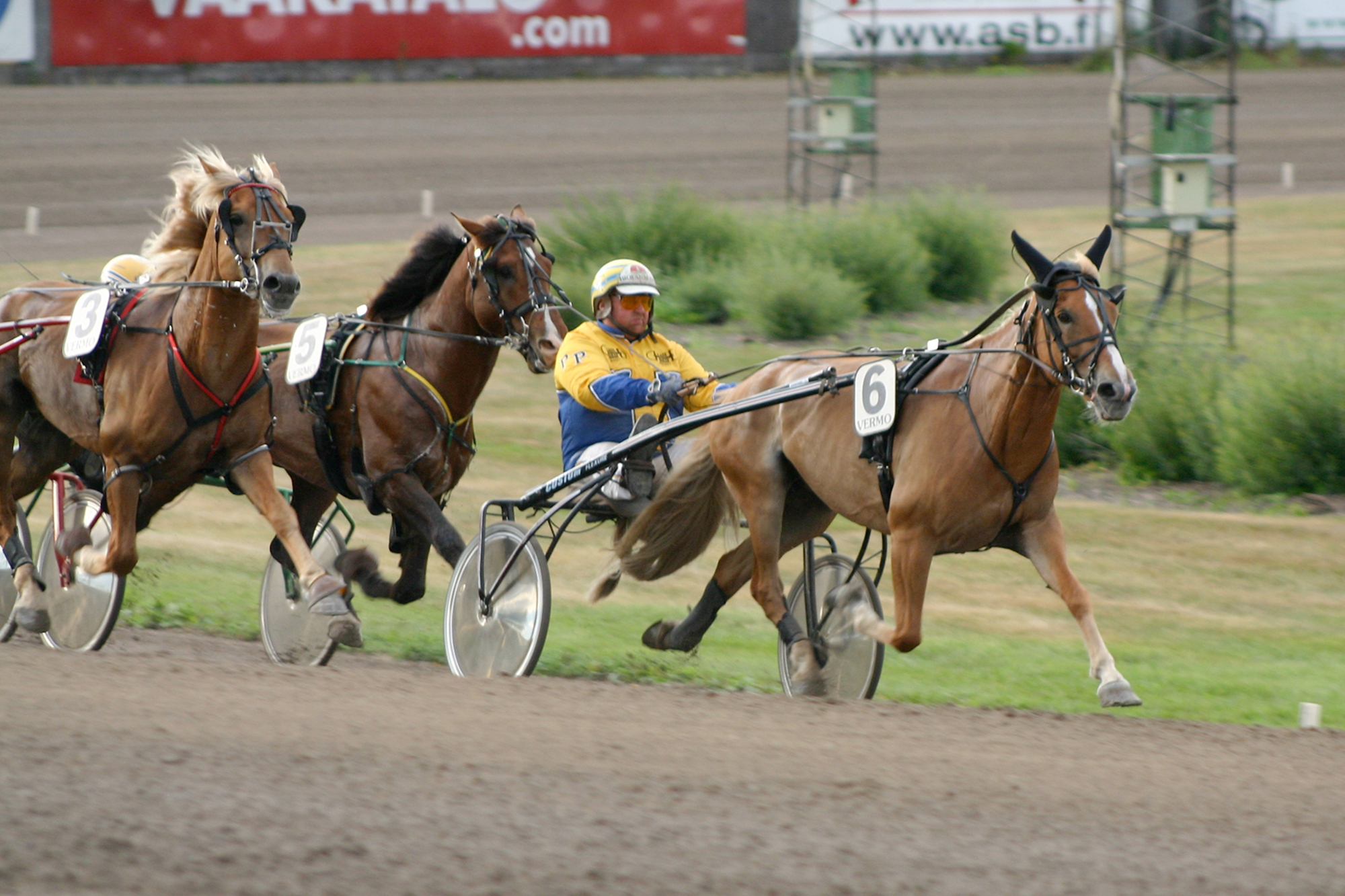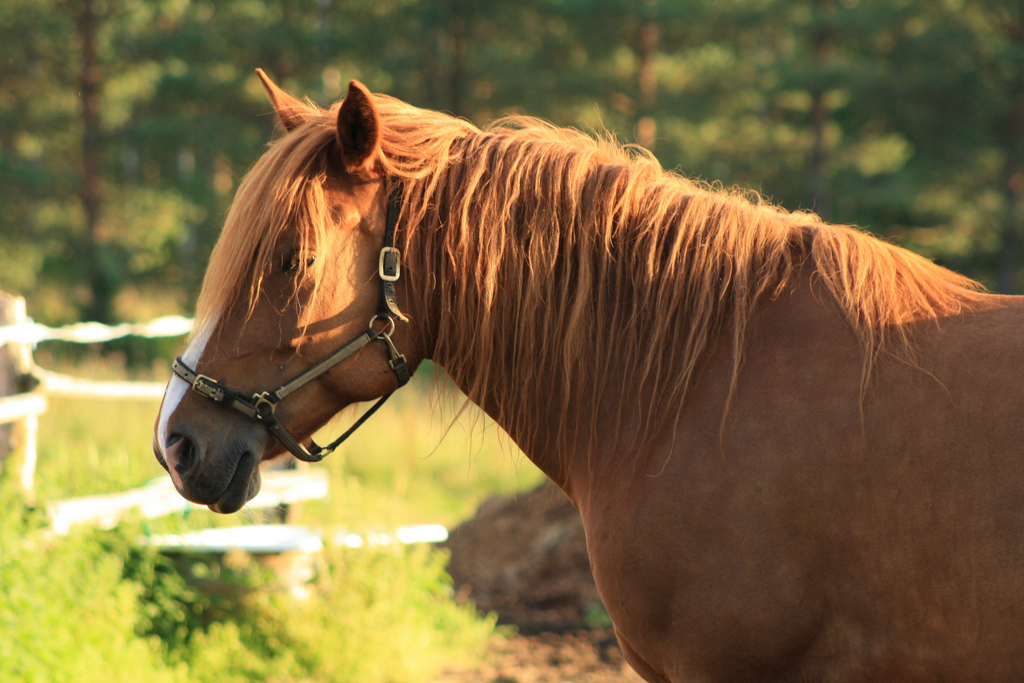


3.3 Finland
Background
A new impact analysis of the equine sector in Finland carried out by Gaia Consulting (completed in February 2023) showed that the horse has positive impact in many areas in Finland. The analysis considers several impact factors, including conservation and biodiversity, carbon sequestration, economy, and social influences, and therefore provides a deeper understanding of the social, economic, and environmental benefits of the equine sector to society than has been demonstrated previously. With a growing concern regarding maintaining biodiversity and reducing global emissions, the equine sector could prove important for mitigating species decline and reducing greenhouse gases in the atmosphere. In Finland, horses help preserve a variety of threatened biotypes and their species by grazing. Further, sporting events, like harness racing has played a key role in preserving the Finnhorse as a unique indigenous breed. With regards to global emission of greenhouse gases, the equine sector can impact carbon sequestration by cultivating horse feed and enhancing the capacity of soil and vegetation to bind carbon through grazing.
Organization and registration of horse breeding in Finland
The Finnish Ministry of Agriculture and Forestry is responsible for preparing laws and regulations related to the equine sector in Finland. Laws and regulations focus mainly on prevention of disease transmission, but also include laws regarding animal welfare. The latest Animal Welfare Act (693/2023) was introduced recently (2024). In addition, new amendments to that are currently in preparation. General animal welfare requirements are laid down in the Animal Welfare Act, the Animal Transport Act, the Council Regulation (EC) No 1/2005 on the protection of animals during transport and related operations, and the Act on the Protection of Animals Used for Scientific or Educational Purposes. The Finnish Food Authority is responsible for following and executing the laws and regulations. The Finnish Food Authority does not provide a central database for horses. The Finnish Food Authority has forwarded most of these responsibilities to Suomen Hippos ry who has a registry of all equine species other than Estonian Draft Horse and Irish Cobs and issues EU passports for these horse breeds in Finland. Suomen Irlannincobyhdistys-FSIC ry and Eestin Raskaat Vetohevoset ry issue passports for the breeds Irish cob and Estonian heavy draft horse.
Population Statistics
There are total of 72 000 horses in Finland. 14 of the breeds are studbook breeds. There is inconsistency in classification of horse breeds compared between DAD-IS and Suomen Hippos’ register.
There is only one native horse breed in Finland, the Finnhorse, with four sub-types within the breed: trotter, riding, draft horse and pony type. Its overall population size is 19 704 (2024), and ~1000 foals are born each year: where 70-75% of the foals are trotters, 15% are riding horses, and 3% are draft horses and pony type horses. In the light of these numbers, the Finnhorse with its four subtypes is endangered.
Based on the DAD-IS database, which was last updated in 2019, the overall population size has fluctuated between 24 730 and 16 800 individuals over the registration period 1986-2019 (Figure 4A). The number of breeding Finnhorse females has decreased dramatically from 2745 to 1000 since the registration began in 1983 (Figure 4B). The number of breeding stallions, on the other hand, has increased from 196 to 280.
Figure 4.A: Population statistics of the Finnhorse, based on DAD-IS (2023). The figure illustrates the population number between 1983 to 2019.
Figure 4.B: Population statistics of the Finnhorse, based on DAD-IS (2023). The figure illustrates the number of mares available for breeding between 1983 to 2019.
Commercial horse and breeding activities
Suomen Hippos maintains a studbook of Finnhorses, warm-blooded trotters, and the following riding and pony breeds: Arabian and English thoroughbred horse, Anglo-Arabian thoroughbred horse, Finnish Warmblood riding horse (FWB), Connemara, Icelandic horse, New Forest, Finnish riding pony, Gotlandsruss, Shetland pony, Welsh (sections A, B, C, and D) and Norwegian Fjord horse.
Economy
The equine industry contributes to a substantial amount of income and employment possibilities. In Finland, estimates of the horse industry's employment impact vary, according to different sources, ranging from 6500 to 15 000 person-years of work (Gaia Consulting, 2023; Hevostalous lukuina, 2022). In particular, the costs related to housing of horses (incl. veterinarian, food, shoeing, equipment) create indirect regional economic impacts that generate a minimum of EUR 274 million to Finland per year. Events in the horse industry can also positively influence the economy in communities and provide employment possibilities. For instance, the annual trotting event in 2022 generated approximately EUR 10 million to the region.
Socially, equestrian activities promote inclusion and improved well-being. Handling horses and practicing riding can positively influence people both psychologically and socially. Social exclusion, especially among young people, has been described as one of the biggest problems in Finland. The impact analysis showed that horseback riding alone has reduced the risk of social exclusion and saved the state EUR 1.6 billion (Gaia Consulting, 2023). This positive social impact is further increased when those involved in harness racing or other equestrian sports and socio-pedagogical equine activities as a form of social rehabilitation and prevention of social exclusion. This demonstrates that equestrian hobbies can reduce the risk of social exclusion and increase the overall well-being of people.
In addition to decreasing social exclusion, equestrian hobbies generate value by reducing the costs of immobility. Calculated from the number of horseback riding enthusiasts of the Finnish Equestrian Federation alone, the number of people who practice the sport for more than 2.5 hours a week brings cost savings to society of more than EUR 30.8 million per year. Riding is not limited to age and is therefore suitable for a wide range of age groups. Horse riding therapy also plays a significant role in the well-being of people by offering rehabilitation both physically and psychologically.
Native breeds and conservation programs
The Finnhorse (Suomenhevonen) is the only native horse breed in Finland, and there are four different breeding lines: trotters, riding horses, draft horses, and pony-type horses. Because of matador breeding, all Finnhorses can be traced back to only four founding stallions, born between 1879 and 1929. According to Suomen Hippos ry, Finnhorse trotters keep the Finnhorse breed alive, which may also be considered as a threat to the diversity of the breed in the long term. Several different efforts to improve interest in the breed are in place. For instance, Hevosopisto Oy in Ypäjä organizes the Finnhorse Royalty event every autumn. During this event Finnhorses compete in dressage and show jumping. Furthermore, finals of the Quality Reviews for the 3-5-year-old Finnhorses and the Breeder's Competition for the 6-year-olds are also included. Traditionally, the Stallion cavalcade is also held in connection with the royals, where Finnhorse stallions and their descendants are presented. Also, draft horses have their own annual national competition, that aims to promote horse culture, traditional horsemanship, the versatility of the Finnhorse and its genetic variation. The Finnhorse has also had its own national day (September 6th) since 2007 (National Finnhorse Day), where Suomen Hippos ry recommends flying the flag on the day in honour of the Finnhorse and Finnish equine expertise.
Recommendations concerning e.g., breeding are given only upon request; there are no specific regulations or laws related to Finnhorse breeding. The Welfare Act of 1996 includes some rules regarding animal breeding in general. The act states that utilizing breeding methods that cause poorer health and welfare for the animals is prohibited. Analysis of breeding of dogs in Finland has been conducted on the basis to improve welfare of the animals, conducting a similar analysis of horses in Finland could prove beneficial as it would improve breeding strategies.
Gene banking activities
The Finnhorse is included in the Finland's National Genetic Resources Program for Agriculture, Forestry and Fisheries (2018). Subsequently, a gene bank for Finnhorse has been established by Natural Resources Institute Finland (Luke) where semen and epididymal sperm samples are cryopreserved from the different Finnhorse breeding lines. The future aim is also to cryopreserve preimplantation stage embryos produced in laboratories for the gene bank. Since horses are owned by private people/organizations, gene bank collections are made only upon approval from the owners. Selection of donors is made in collaboration by the Finnish national coordinator of animal genetic resources at Luke and Suomen Hippos ry. All collection costs are covered by funding from the Ministry of Agriculture and Forestry. The owner also receives five artificial insemination (AI) doses for their own use.
Subsidies
Finnhorse owners are eligible to apply for subsidies (350 euros per horse per year, 2023-27) from the Ministry of Agriculture and Forestry. About 40 million €/year comes to horse husbandry from betting in trotting competitions by Veikkaus. In the future (2024), funding will be directed (the same amount) through the Ministry of Finances, not as Veikkaus' financial contribution, because Veikkaus' money will be credited to the state budget in the future. Of this amount, another €168 000 is allocated to the horse research conducted by the Natural Research Institute Finland. In other respects, the Ministry of Agriculture and Agriculture directs funding to statutory targets in horse husbandry.